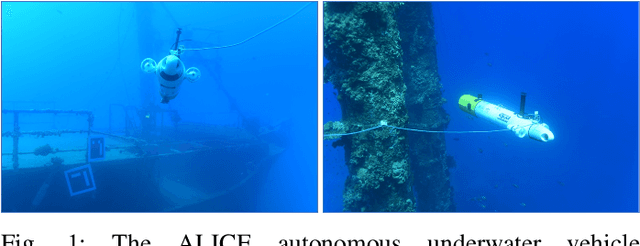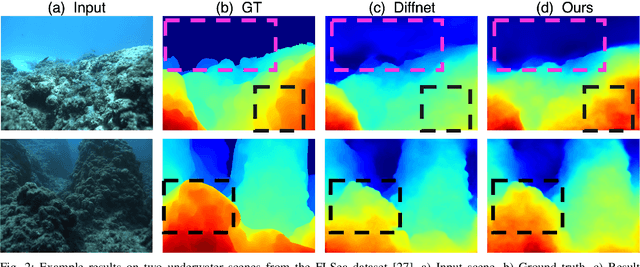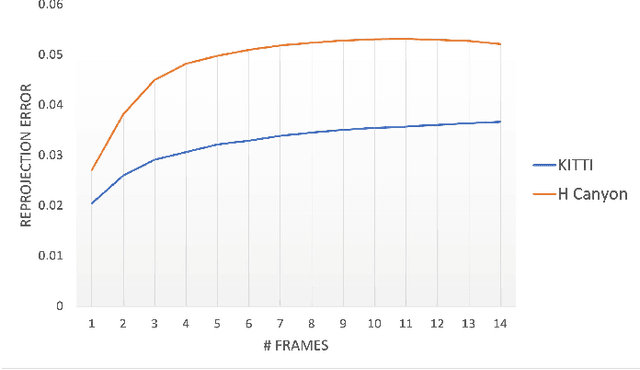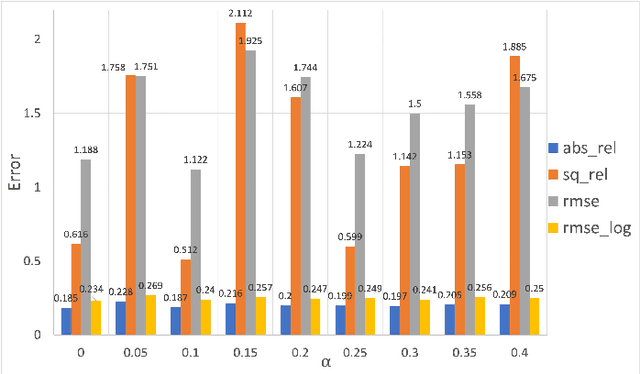Shlomi Amitai
Self-Supervised Monocular Depth Underwater
Oct 06, 2022



Abstract:Depth estimation is critical for any robotic system. In the past years estimation of depth from monocular images have shown great improvement, however, in the underwater environment results are still lagging behind due to appearance changes caused by the medium. So far little effort has been invested on overcoming this. Moreover, underwater, there are more limitations for using high resolution depth sensors, this makes generating ground truth for learning methods another enormous obstacle. So far unsupervised methods that tried to solve this have achieved very limited success as they relied on domain transfer from dataset in air. We suggest training using subsequent frames self-supervised by a reprojection loss, as was demonstrated successfully above water. We suggest several additions to the self-supervised framework to cope with the underwater environment and achieve state-of-the-art results on a challenging forward-looking underwater dataset.
 Add to Chrome
Add to Chrome Add to Firefox
Add to Firefox Add to Edge
Add to Edge